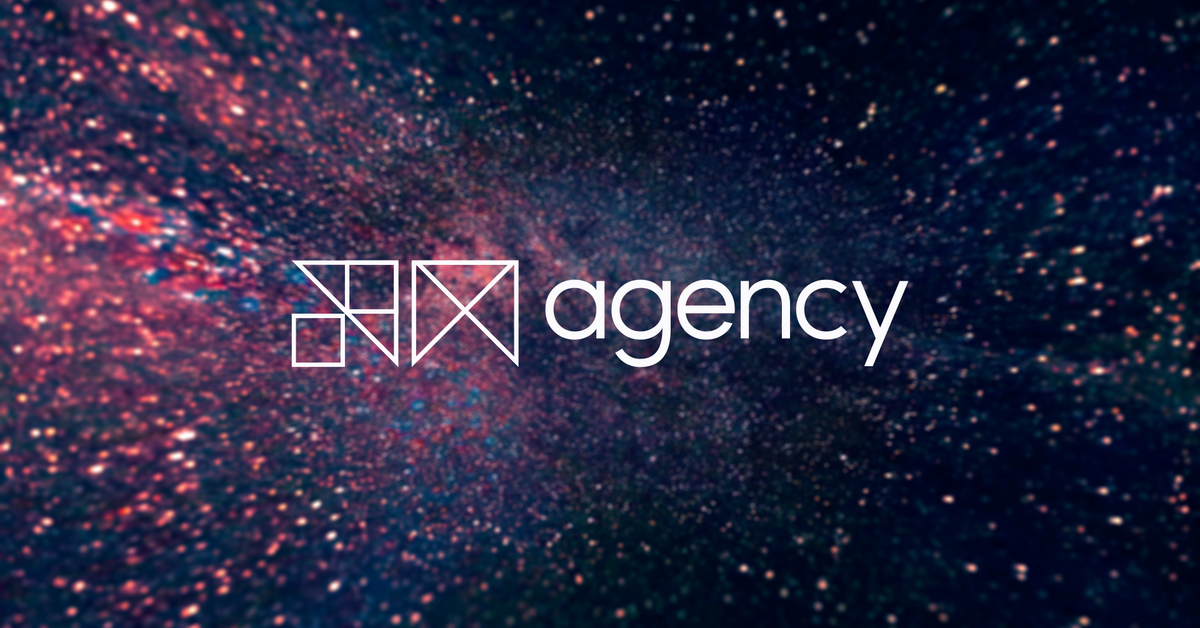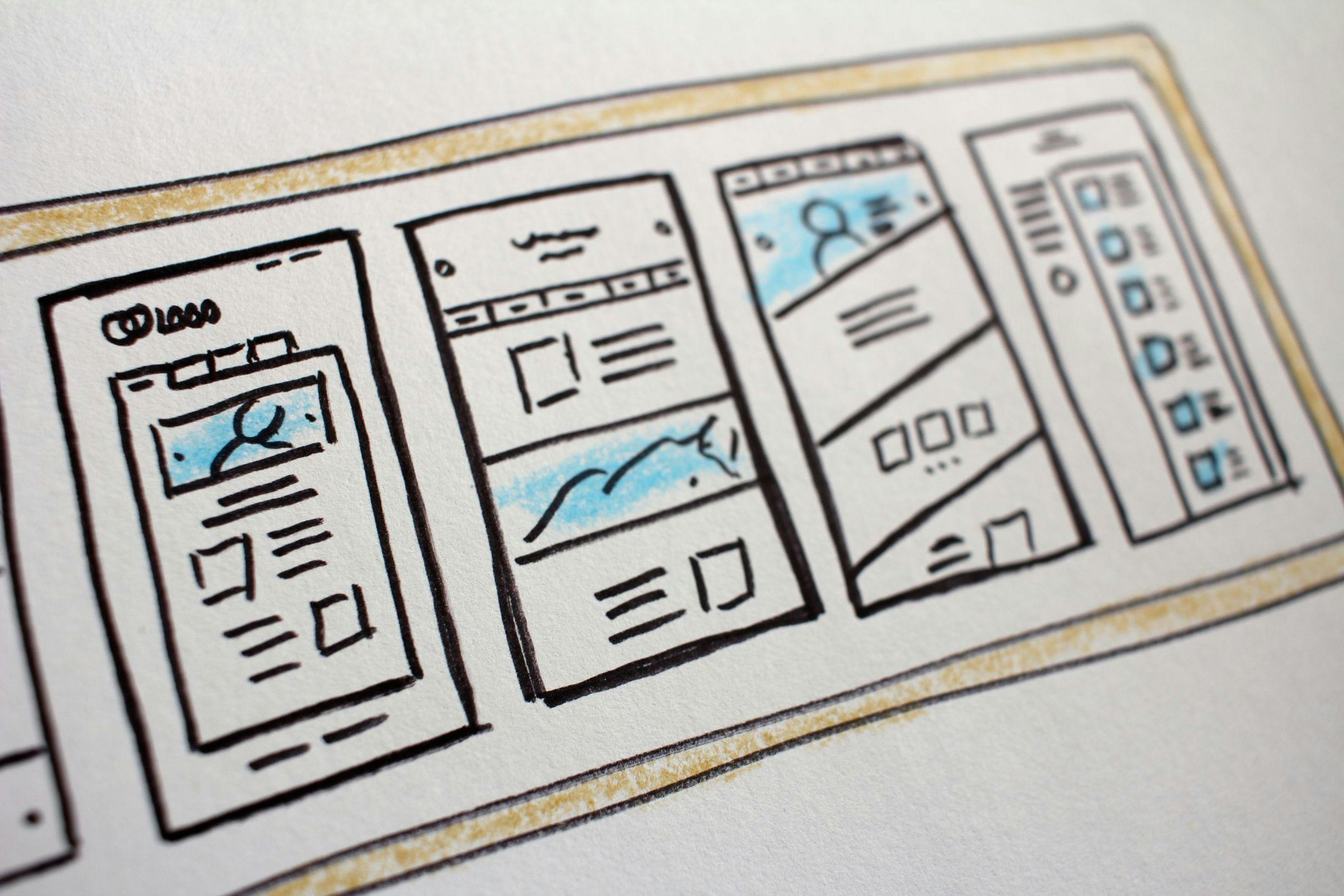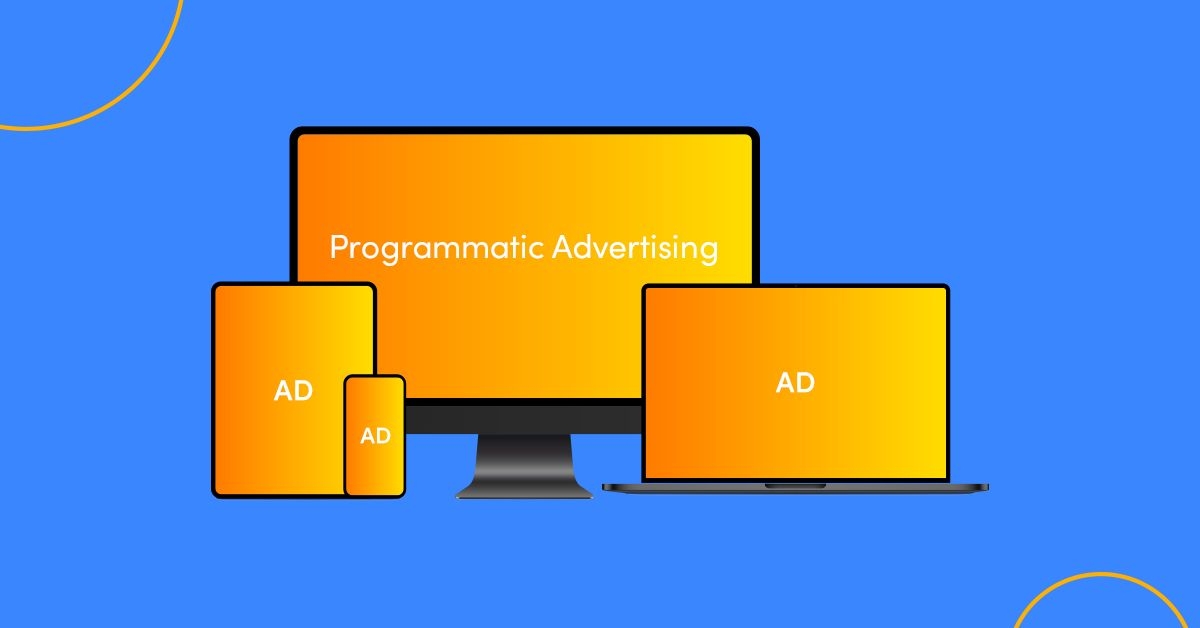Planetmedia’s Next Green Step

Good design is good business. Good design is also more sustainable. - Chris Hammond, Design Principal, IBM Sustainability Software
Sustainability in UI/UX means designing digital interfaces such as websites and apps that are both good for the environment and user-friendly. This means using eco-friendly practices, minimising energy use, and creating designs that are more comprehensible and convenient to use. Another factor to consider in sustainable UI/UX is to create technology that is accessible to everyone.

Sustainable UI/UX aims to increase sustainability in digital products to reduce the carbon footprint during the design and development of technology. The term was first coined in the famous Brundtland Report, “Our Common Future” (1987), which raises awareness on sustainability in design. The term has evolved into the practice of creating well-organised user experiences and allowing users to make more sustainable decisions.
Designers for sustainable UI/UX create long-term solutions, ensuring the well-being of people and harmony with the environment for many years to come. The main focus of sustainable UX is to work on considering its impact on the environment rather than solely the customer or profits.
The EU Science Hub's Sustainable Product Policy estimates that "over 80% of all product-related environmental impacts are determined during the design phase.
Let’s discuss the importance of sustainability in UI/UX and its benefits for creating an eco-friendly environment...
Importance of Sustainable UI/UX
"The carbon footprint from internet usage equates to the same amount as airline industries, at 3.5% of global greenhouse emissions.” Mike Hazas, researcher at Lancaster University
Sustainability in UI/UX is preponderant in today’s digital world due to its huge impact on the environment, society, and business. First, it accelerates environmental issues connected with technology. Data and technology consume a vast amount of energy, which emits carbon emissions and causes environmental degradation. With sustainable UI/UX, energy use is monitored, lessening the carbon footprint of digital products, and reducing electronic waste. By initiating these eco-friendly behaviours, designers play a crucial role in controlling climate change and preserving natural resources.
Another factor to consider is social inclusivity and accessibility. Designing interfaces that are user-friendly for all people of different abilities enables equal access to information and services. This creates a foundation for social equity, empowering all individuals. Additionally, it also extends awareness among people. Digital platforms can be used as a tool to educate users about why we have to adopt eco-friendly practices.
Moreover, sustainability in UI/UX is economically beneficial. When designers design more sustainable UI/UX designs that will prolong the lifespan of devices, reduce energy consumption, and minimise electronic waste, businesses can reduce operational costs. Adapting sustainable practices also adds to innovation, which means the technologies will be eco-friendly and persistent for the coming years. Companies that opt for sustainable practices will attract customers who prefer environmentally friendly practices and will also attract investors who believe in the vision.

Sustainable UI/UX builds up a positive brand reputation. Companies that focus on environmental and social responsibility improve their reputation. Customers are drawn to brands that care about the environment as it demonstrates a company's commitment to moral business practices. This favourable opinion builds brand loyalty and draws in new clients who share the company's ideals.
In summary, sustainability in UI/UX is critical because it solves environmental issues, fosters social inclusion, provides financial advantages, improves the user experience, and establishes a favourable corporate image. Through the integration of sustainable practices in user interfaces and user experiences (UI/UX), companies and designers can make a substantial contribution towards a future that is socially, environmentally, and economically sustainable.
Our Incorporation of Sustainability in UI/UX
PM Agency’s design engineers are committed to focusing on empathy, human-centric design, and simplicity, with a mission of “ Reimagining customer experience with advanced UX.”
We aim to deliver exceptional experiences that are both easy to use and visually appealing. We emphasise transformative, sustainable innovation, cutting edge technology, ingenious ideas, and conscientious practices. Our team approach entails in-depth, methodical strategies that will guide you through each step. Moreover, we maintain a steady focus on our product, prioritising development. And also provide transparent updates on our progress by constantly examining performances.
These are the four different areas of digital product design that go hand-in-hand and are part of the UX/UI design package. Let’s discuss their environmental and social sustainability possibilities.
Sustainable UX Research
Ecologically Sustainable UX Research
Stakeholder Mapping
We draw a map of all the stakeholders our project will affect environmentally as well as the stakeholders we wish to address (our target audience), since every undertaking has an effect on the environment and the world.
Non-Human Personas
Through persona profiles for stakeholders who may be affected, we examine the needs and goals of the persona and consider the effects we have on this stakeholder, both good and bad, fostering empathy.
User Journey Mapping
We incorporate extra lanes while creating user journey maps. One for possibilities, requirements, and ideas related to ecological regeneration. In this way, our decision-making process aligns with our sustainability endeavours.
Socially Sustainable UX Research
Stakeholder Mapping
We list all the stakeholders (our target audience) that our project intends to reach, developing compassion for all those whom our product may help or hurt. This encompasses all non-users who come into contact with someone who is using the product (such as friends, family, coworkers, or pedestrians). This includes people who have disabilities, diverse cultural origins, varied physical types and skin tones, or unanticipated educational backgrounds.
Non-User Characters
We make persona profiles for non-users who are affected. Then examine the effects the initiative has—both good and bad—on these parties.
Usability Testing
We test the usability of our digital goods with a diverse range of users, including those with physical or visual disabilities, individuals from different cultures, people with varying educational backgrounds, people of different genders, and many more.
User Journey Mapping
We make sure our maps include extra lanes for social requirements, opportunities, and ideas. In this manner, our social activities are constantly on display.
Sustainable UX Architecture
You are undoubtedly aware that each time you click on a webpage or web product, a conversation with data centres across the globe is initiated. Massive volumes of frequently drinkable water (or electricity) are used to cool these data centres, which are fueled with an absurd quantity of electricity. As a result, CO2 emissions are high. As a matter of fact, each page view on a single webpage uses 1.67 grams of CO2. Consider the sheer number of webpages and other digital products in existence—billions. That is a significant amount of CO2 being created simply by clicking on emails, websites, and apps.
Ecologically Sustainable UX Architecture
Minimising the Negative Impact of UX
Reducing our energy and CO2 emissions is necessary to minimise the detrimental effects of UX. Reducing the number of photos, movies, auto-play videos, interactions, and other data-intensive components can help achieve this.
Optimising UX's Beneficial Effects
Consider features like excellent usability, simple-to-read material, quick, intuitive click pathways, packaging-free options, green delivery options, CO2 displays in online stores, promotion of sustainable products, fuel-efficient travel routes, sustainable default options, and many more.
Socially Sustainable UX Architecture
Mental Health
In today's society, mental health is an important health concern. Hence our designers work hard to put an end to hundreds of pop-ups, animations, deceptive patterns, cancellation screens, and fake scarcities displayed to the website or application.
Accessibility
Consider the way that various users with varying ages and disabilities interact with websites. We make sure our product is usable by neurodiverse, individuals experiencing difficulties with their hearing, physical obstacles, transient health conditions, cognitive deficits, etc.
Equality
Gender, ethnicity, education, culture, religion, and other characteristics should all be taken into consideration while designing user experiences. Especially for email salutations, forms, and copywriting that is gender-neutral. Our team creates such designs where all types of people are considered equally.
Sustainable UI Design
Ecologically Sustainable UI
There are a few ways to reduce the digital footprint in UI design. We can be more creative with low-data components such as icons, illustrations, shapes, forms, and colours. We might use an ecologically sustainable UI for optimising, scaling, and compressing images and videos. The main aim is to be consistent with UI elements.
Socially Sustainable UI Design
Diversity
We always use all kinds of diverse people in our UI design. Of all colours, body shapes, skin tones, genders, age groups, religions, and impairments as such.
Accessibility
We design accordingly so that it will be accessible to everyone, with visual ease for people with dyslexia, colour blindness, and more.
Sustainable Communications
Ecologically Sustainable Communication
We spread the word about ecological sustainability to our clients and consumers. Our team discusses our goals, our actions, our mission, and your values. We also launch initiatives to reduce consumption. In short, it all comes down to carefully considering how we can explain ecological sustainability to our clients and consumers.
Socially Sustainable Communication
We Communicate in an ethical manner and avoid using any deceptive communication techniques.
Take the Next Step
As we can see, by implementing sustainability UI/UX will be both beneficial to us and also to the environment. By giving importance to energy efficiency, social inclusion and better user engagement, sustainable UI/UX not just focus on improving digital experiences but also contribute to a greener world. Create UX design, UI design that will be accessible to everyone and will last for a long time.
At Planet Media, the Digital Marketing & Web Design Agency, we create intricate strategies that harmoniously balance your organisational goals while highlighting sustainability, ensuring a minimal environmental impact without compromising your goals. Connect with our website design agency for sustainable website.



